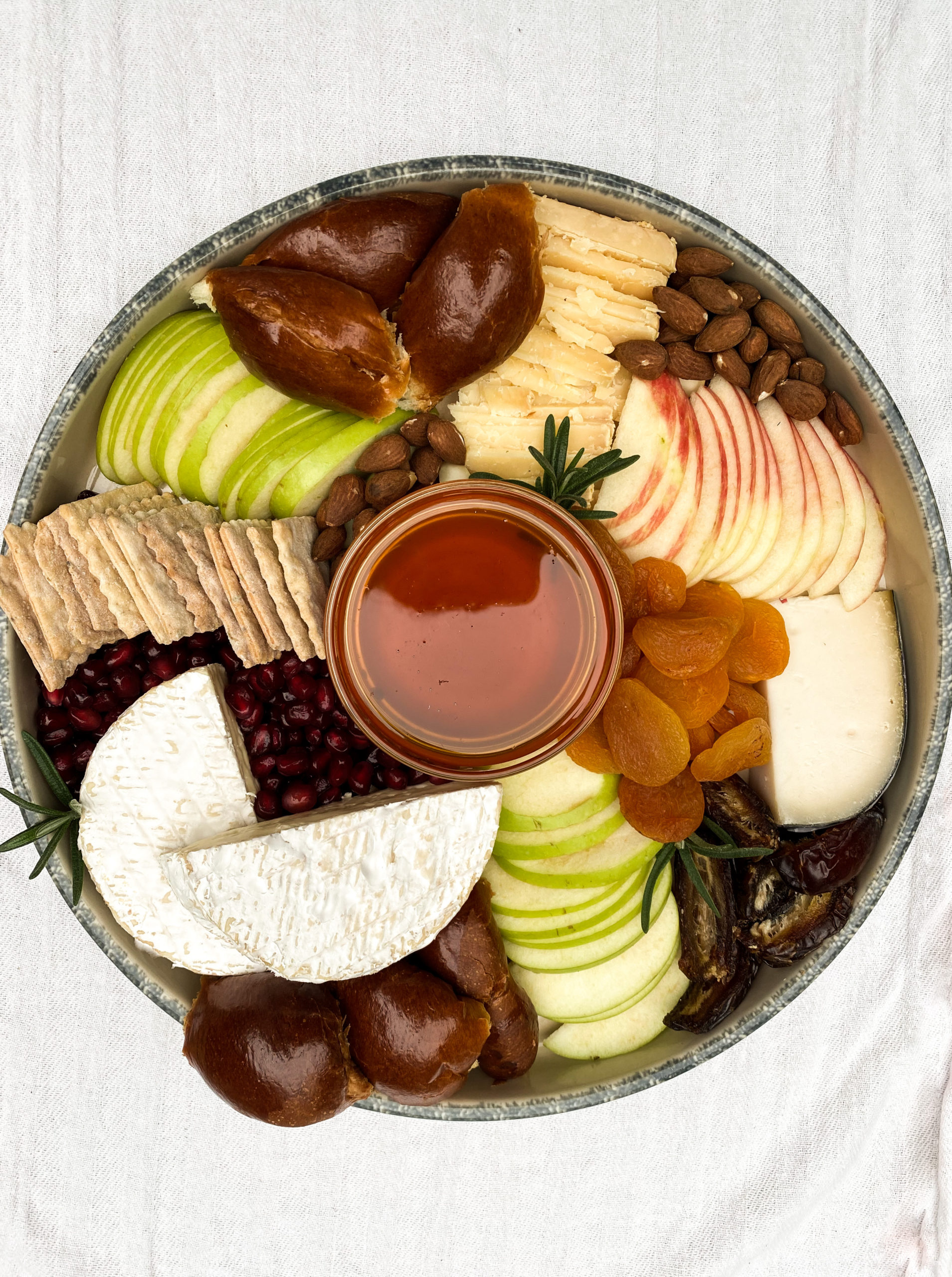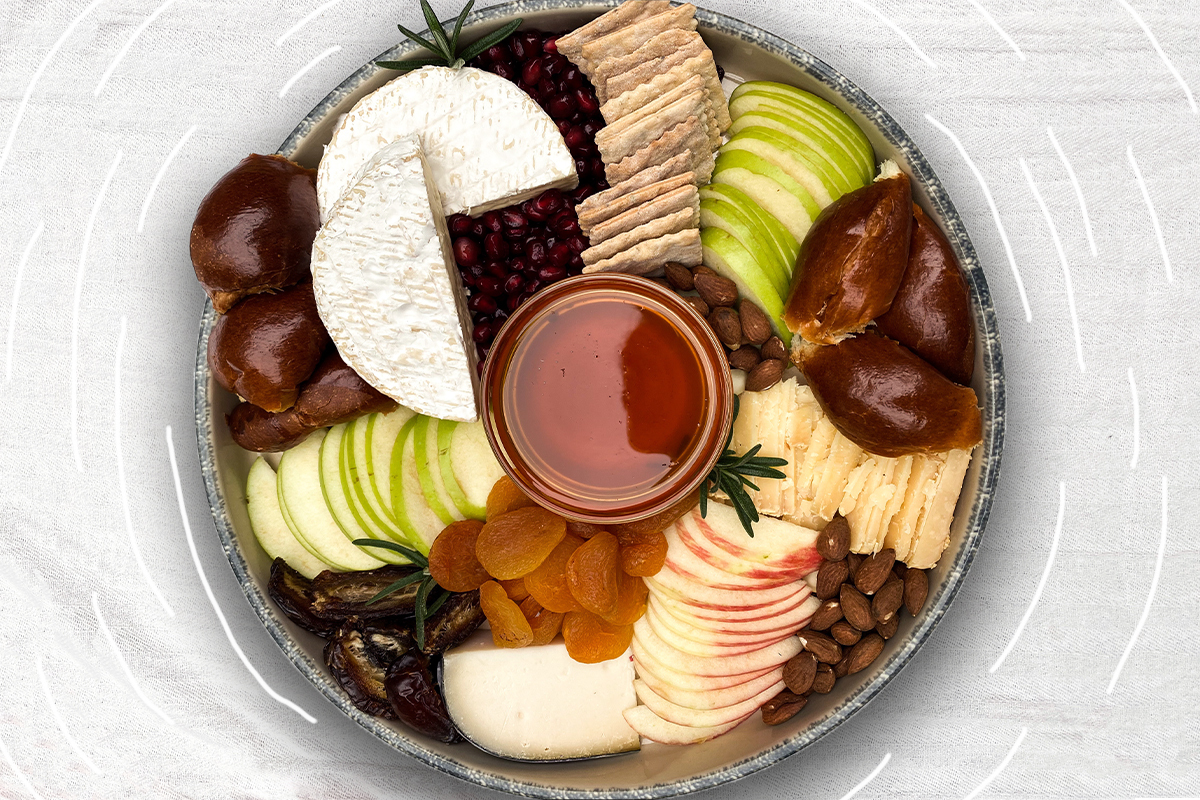As someone who is not that invested in the biblical implications of Jewish traditions, Rosh Hashanah, to me, is a holiday meant for celebration and sharing time with those most important in my life.
Growing up, it meant going to synagogue in the morning and having a big dinner with neighbors at night. As I got older, I came to appreciate the tradition and normalcy of those dinners — even as all the older kids moved away, leaving me to dine alone with the adults. Sitting at the big table in my house with our extended group of chosen family on not-a-school-night was something I always looked forward to. Seven years after becoming vegetarian, one of the only meaty things I miss is my neighbor’s holiday brisket.
To me, Rosh Hashanah dinner always felt like Second Thanksgiving (it’s important to note: Thanksgiving is, hands down, my favorite holiday). While being forced into going to synagogue every year was a fun way to see my friends who went to different schools, sitting in services did nothing for me, spiritually or culturally. The meaningful part of the High Holidays happened around that big table.
Now that I am no longer home, I miss this vital connection to my Jewishness. Embracing my Judaism as someone who is not religious in the formal sense has been challenging throughout my life, but especially now — alone, at college, during a pandemic — I feel a greater pull towards Judaism.
But at a time when we aren’t supposed to be opening up our homes and sitting around the dinner table with loved ones, where do I turn to keep my favorite Rosh Hashanah tradition alive? I’m lucky enough to have roommates this year who are mostly Jewish and feel similarly to me about the desire to celebrate the holidays in whatever small way we can. While we might not have the capacity to pull out all the stops like my mom and make the full Rosh Hashanah dinner spread, I have been actively searching for a way to connect with my favorite tradition when that same sense of normalcy is escaping me in everyday life. Sitting around our table with my roommates for a night, focusing on the celebration and rebirth that Rosh Hashanah symbolizes — instead of the almost constant anxiety I feel daily because of coronavirus — is exactly what I need this year.
And so I am turning to cheese.
I have long been passionate about cheese. Last year, I worked at a cheese and wine shop, learning about different cheeses and making charcuterie boards. Since then, I still make the time to learn about and try new cheeses whenever possible. I love the endless possibilities that different kinds of cheese present and the sense of togetherness they create. I make cheese boards as a way to bring people together on holidays, special occasions, or, honestly, just a regular late afternoon.
Ahead of Rosh Hashanah, it dawned on me that making a cheese board would be the perfect way for me to have a small celebration of the holiday.

In my creation, apples and honey take center stage, paired with camembert, clothbound cheddar, and a beautiful goat’s milk gouda. Add in some rosemary crackers and pieces of challah plus pomegranate seeds and medjool dates and the board is shaping up to be delicious and very aesthetically pleasing.
Here’s what I put on my Rosh Hashanah cheeseboard, if you feel similarly inspired:
Apples and honey: Honey happens to be the most classic accoutrement for cheese out there (to add more texture to your board, use a little piece of honeycomb!). Traditionally, eating apples dipped in honey on Rosh Hashanah symbolizes our hope of having a sweet New Year.
Cheese: Here I used Herve Mons Camembert, Jasper Hill Cabot Clothbound Cheddar, and Cypress Grove Midnight Moon, but really anything goes (the latter two I found in the odds and ends basket at Whole Foods!). For pairing cheese with apples, gouda and other creamy semi-firm cheeses go great with tangy Granny Smiths while cheddars and blues would work best with a sweeter Honeycrisp or Gala. Soft ripened cheese like camembert or brie are fantastic with Galas or something on the sweeter side. But to be clear, cheese is first and foremost about personal taste — mix whatever with whichever and it will still taste delicious!
Rosemary crackers: For the cheese, obviously.
Challah: The round challah symbolizes the cyclical nature of our years beginning and ending. The sweetness and softness of challah also makes it a perfect vessel for cheese.
Pomegranate seeds and mejdool dates: The pomegranate and dates are a part of the Rosh Hashanah seder plate that many Sephardic and Mizrahi Jews use to celebrate Rosh Hashanah, along with other foods like leeks, beets, and a fish head. I personally don’t want a fish head on my cheese board, but these fruits are a perfect fit.
While cheese boards have certainly gone mainstream, this specific one ties together traditions in my own family with other traditions, like the Rosh Hashanah seder, that are newer to me. Cheese brings people together and creates the same feelings for me that a big holiday dinner did when I was younger.
So this year, yes, I will be ringing in the New Year with cheese.
Header image photo by author. Design by Grace Yagel.



